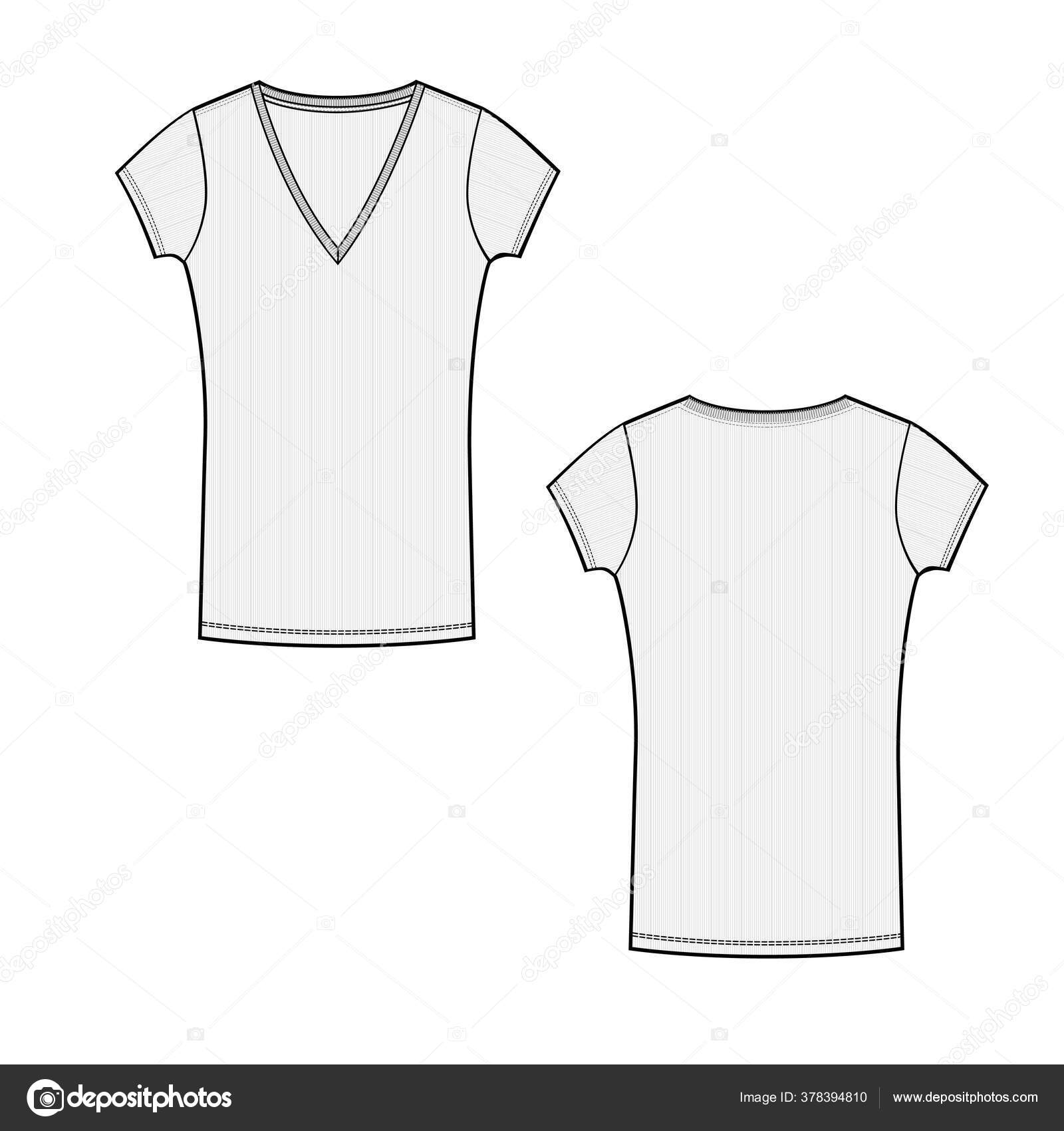The Software For Fashion Designers – Design Your Own Clothing
Clothworks is a really good plugin to add extra reality in our scenes. You don't need to simulate cloth in other software, you can use ClothWorks plugin in S.
Create Your Own Digital Fashion Sketches – Go Pro With Digital Fashion Pro!
.

.
- Sketch for the cloth by Nadia Benois, Lady into Fox, Ballet Rambert, Mercury Theatre, May 15th 1939.
- The Rugged Cloth is a Sketch in Feral. It is given to players upon joining the game and cannot be found anywhere else in-game.
- In this video, learn to use the cloth simulation extension Clothworks inside of SketchUp to simulate real cloth drapes in your models!CLOTHWORKS LINKhttps://.
.
Go From Fashion Design Beginner to Pro With Digital Fashion Pro Digital Fashion Sketch Creator
Elo touch input devices driver download for windows 10. Create Professional Digital Fashion Sketches Even If You Can’t Draw At All
Super Easy To Use Even For Beginners / Create Your Own Designs In Minutes
Create Realistic Sketches Using Real Digital Fabrics, Prints & Textures + Add Your Own
System Includes Step by Step Training, Models, Hundreds of Customizable Clothing Templates & Digital Fabrics
DFP is Used By Professional Fashion Designers, Clothing Lines & Hundreds of Schools
DFP Can Help You Start Your Own Clothing Line & Design It
Enjoy The Fashion Sketch Gallery Below!
Don’t Forget to Tell a Friend About Us / Like Us / Share Us 🙂 Thanks!!!!!
.
.
.
.
.
.
LEARN MORE ABOUT DIGITAL FASHION PRO >,
.
.
LEARN MORE ABOUT DIGITAL FASHION PRO >.
.
.
.
.
.
SEE DFP VIDEOS.
.
.
.
.
Clothworks Step by Step Tutorial
In this video, I get more in-depth on how to use the extension Clothworks to simulate fabric in SketchUp! We cover everything from draping fabric over shapes to applying textures for UV mapping on your fabrics!
Cloth Stretch
Do you like these SketchUp tutorials and videos?
If so, please consider supporting me on Patreon (click here to support) or by visiting my Support the Show Page!
THE SKETCHUP ESSENTIALS COURSE
http://www.thesketchupessentials.com/course
DOWNLOAD CLOTHWORKS
https://sketchucation.com/plugin/2053-clothworks
CLOTHWORKS MANUAL
https://drive.google.com/open?id=1JkfPUSfhqxEDgPb0RtzBiFL3ZmaC7VQD
Getting Started with Clothworks

- Start by putting the geometry you want to use as a fabric into a group. In addition, place any geometry that you’d like the cloth to collide with in a group, then right click and select “Make Collider.” This will make this a piece of geometry that clothworks will simulate a collision with.
- There’s another step in here that it’s easy to miss the first time – you want to go in a subdivide your geometry so that it actually has geometry that can bend, otherwise your cloth shape is just going to bounce off of the face as a kind of rigid shape.
- You can set the width of your subdivision within the grid creation settings. So far, I’ve just been using the simple grid option. This will subdivide your object into smaller pieces of geometry, allowing for cloth simulation. You can see this geometry if you turn hidden geometry on.
- One other note – per the manual, you should minimize the “Outliner” and “Component Inspector” sections of your tray – otherwise SketchUp takes a lot longer to calculate.
- Now, let’s run our simulation. You can do this by clicking the play button within the Clothworks menu. As you can see, this will simulate draping the cloth on top of your object. One thing you may note is that some of the cloth overlaps with itself – to fix this, we’re going turn self-collision detection on, which will cause our material to collide with itself.
- In addition, if you try to apply a texture while the material is draped, the UV mapping won’t work right, so we’re going to go in and apply a texture as well. One very important thing to note is that you must apply your texture to the raw face. If you apply it to the outside of your group, it won’t work.
- There’s a toggle button called “Toggle draped” in the Clothworks toolbar. Then, select your object and go to the “Object” tab. Under “Cloth,” go down and check the box for “Self-Collide.” This will keep your object from colliding with itself. Then, you can run your simulation again.
- One other thing to note is that the simulation is actually live, meaning you can click and drag different parts of geometry.
- Finally, note that if you right click and go to the options for your clothworks material, there’s two options for “Apply Loop Subdivision” and “Apply Laplacian Smoothing.” These will smooth the edges of your cloth material.
Using Pins to Hang Cloth
Cloth Skechers
- Pins allow you to fix different parts of your cloth, allowing for the simulation of hanging cloth. To use these, simply go to the clothworks menu, then select the last button for “Add Pin,” and click on a point in your model.
- You can actually copy paste these within your model like you would with any other SketchUp geometry and they’ll still work.
- One other thing to note with these is that you can move them within your cloth simulation. When you select them, you get an axis gizmo, and you can click and drag the various arrows. You can also hold the control key to move them closer together or further apart.
- The final thing I want to note is that you can also use clothworks to simulate rope or wire in the same way. Simply create a line, then right click on it and divide it into a series of lines. Select all of these lines and put them in a group, then make them a clothworks object. You can pin the edges or drape along a face. One thing to note is that sometimes you may get some weird results depending on the edge density of your rope and the faces you drape along.

